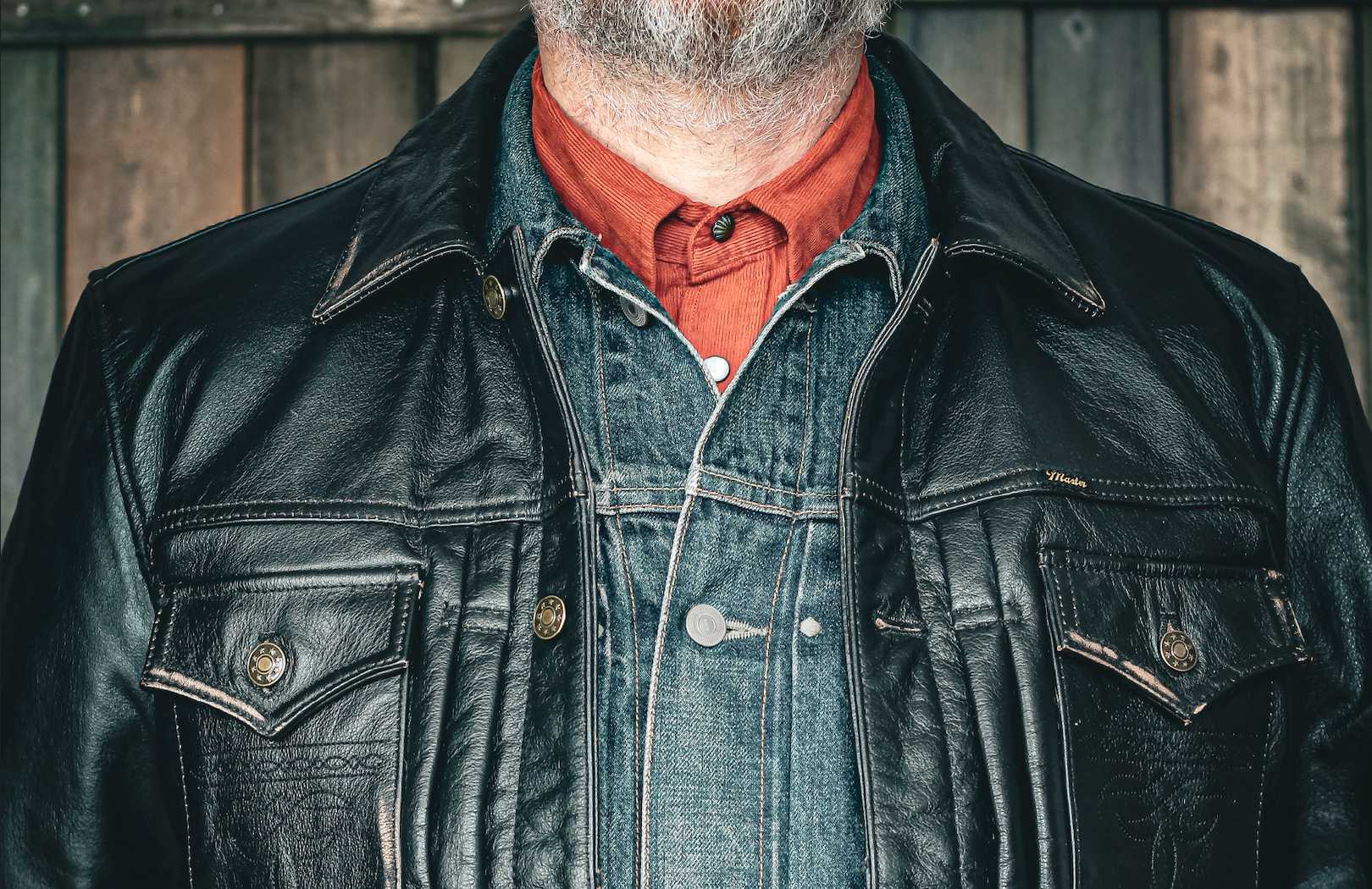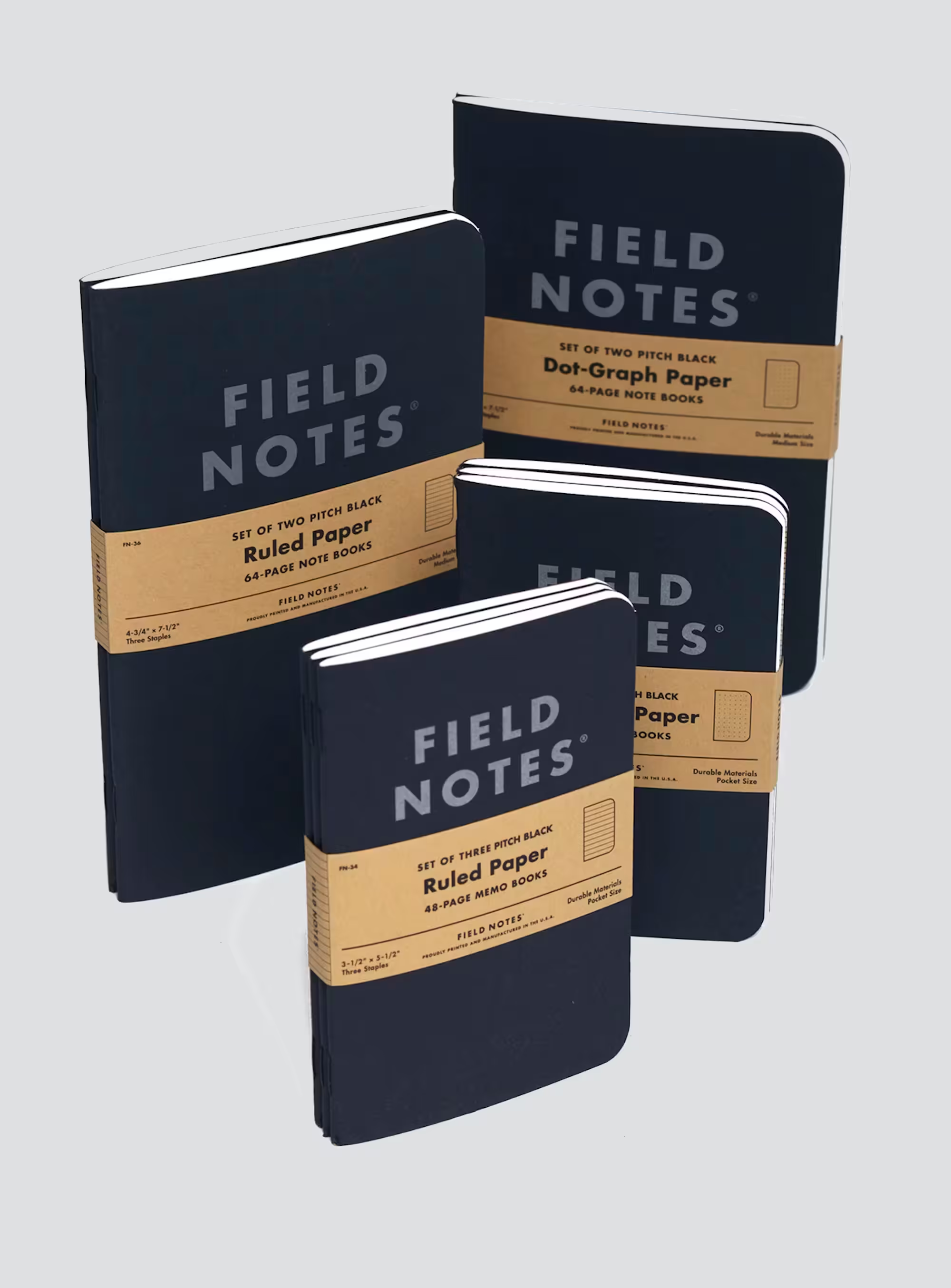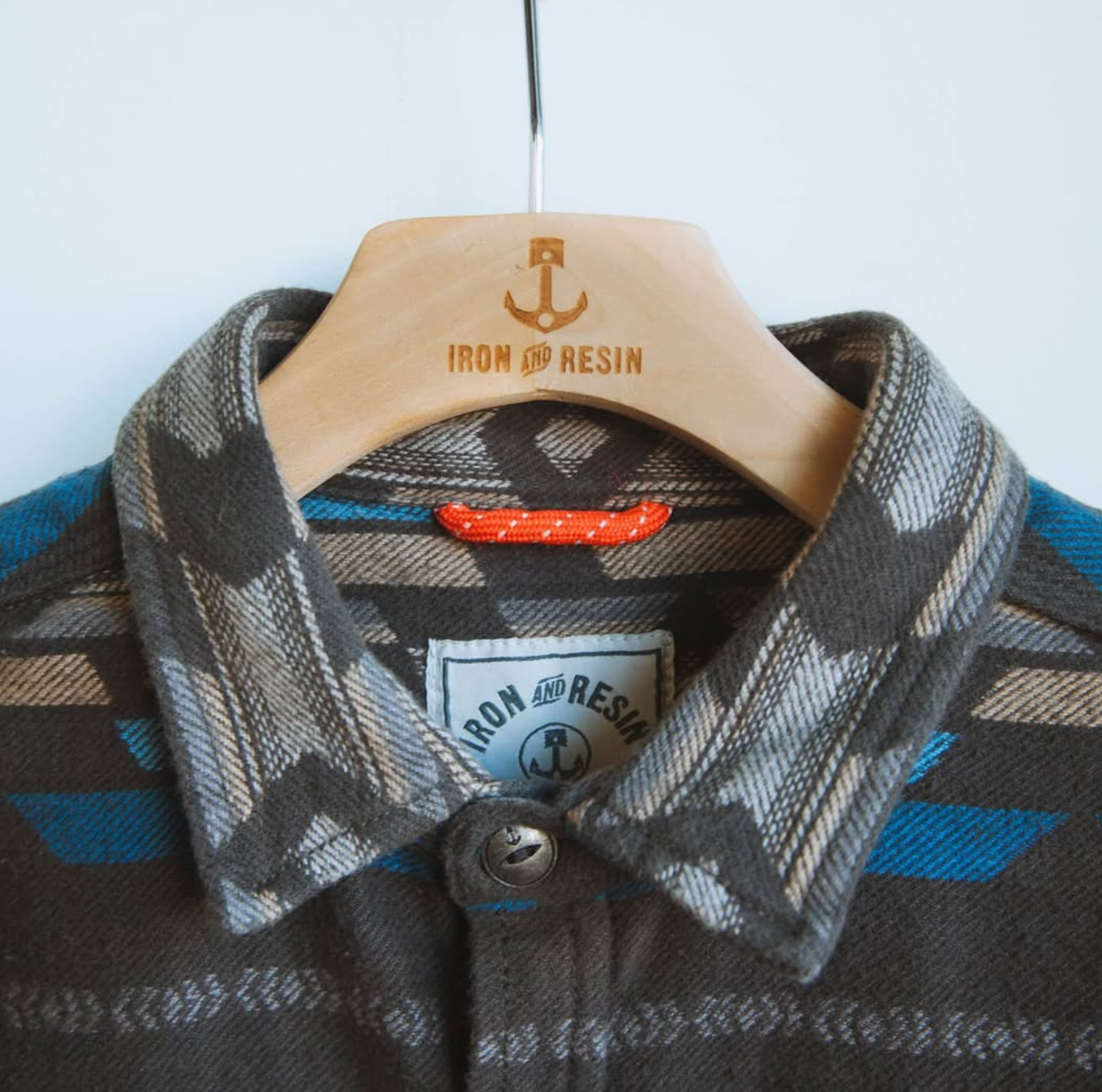Layering Basics for Rugged Style Newbies

Layering outfits isn’t about following some secret code. It’s a series of simple steps that keep you comfortable and confident that your kit looks intentional—not Instagram-curated. If you’re aiming to master the fundamentals of layering for a rugged, heritage-inspired wardrobe (or just want to look good chopping wood and running errands), you’re in the right place.
This guide breaks down the art of rugged style layering. No trend-chasing. Just layering principles, proven gear, and enough style wisdom to help you build outfits that feel as good as they look. Whether you’re a menswear rookie or an old hand refining your classics, here’s how to build the layered look from the ground up.
1. Start with the Base Layer (What’s Close to the Skin)
Before you start piling on shirts and jackets like you’re preparing for an Antarctic expedition, slow down. Every great layering outfit begins with a strong base.
Why natural fabrics?
Cotton, merino wool, and heavyweight blends keep you dry, warm (or cool), and comfortable for hours. Synthetics might promise high-tech miracles, but nothing beats merino’s no-sweat performance on a long day.
- Key players: Think waffle-knit thermals, classic henleys with a sturdy button placket, or a heavyweight tee.
- Colours: Stick to utility shades. Greys, off-white, olive, and navy don’t just look timeless, they play nice with almost anything you’ll grab on top.
Tip: If your baselayer could double as a pyjama top, you’re winning. Comfort is king here.

2. Mid Layers: Where Warmth Meets Texture
Mid layers are the unsung heroes of rugged style. They do the heavy lifting of keeping you warm, adding shape and visual interest, and putting a bit of heritage workwear spin into the mix.
- Flannel shirts: The MVP. Choose a heavyweight yarn-dyed plaid or twill for maximum cosiness and durability
- CPO jackets & overshirts: These shirt-jacket hybrids bring a vintage Navy vibe and enough heft for most autumn days. A slightly looser fit makes them ideal for stacking.
- Rugged hoodie: Not the all-cotton gym class kind. Go for a lined hoodie in a dark, earthy tone.
Want bonus points? Look for mid layers with practical pockets, sturdy snaps, or buttons that tell a story (horn, leather-wrapped, or vintage metal).
3. Outer Layers: Protection and Statement
Your outer layer is the “workhorse” piece. It takes abuse, shrugs off rain, and (not to overstate things) probably gets you noticed at the farmers’ market.
- Top picks: Waxed canvas jackets, chore coats, Mackinaw wool overshirts, trucker or denim jackets in a rigid selvedge. Anything that can stand up to the elements and get better with age.
- Shape: Prioritise structured silhouettes that hold their own but still layer comfortably over your stack.
Why does rugged style love outerwear? Because a well-aged tin-cloth jacket or Mackinaw cruiser isn’t “fashion”—it’s an heirloom in training.
4. Balance Function and Fit
Layering is only smart if you can still move. Each piece should fit comfortably over the last, with room to breathe but no marshmallow-man bulk.
- Shoulders and sleeves: These are the areas most likely to betray a poor fit. Watch for stacking, restriction, or awkward pulling.
- Sizing tip: Don’t just size up everything. Instead, choose smarter cuts. Your base layer should be trim, mid layer relaxed, and outer layer a touch roomier.

5. Colours and Textures: Stick to the Rugged Palette
Rugged style draws its palette from the landscape, not the neon sign outside down mainstreet.
- Best tones: Earth browns, charcoal, rust, indigo, army green, faded navy.
- Patterns: Go for honest classics. Plaids, subtle herringbone, vintage fades. Avoid loud checks or wild prints that shout louder than your personality.
- Texture play: Contrast rougher textures (wool, canvas, cord) with smooth, soft base layers. It keeps things visually interesting without looking try-hard.
6. Accessories That Work (Not Just Decor)
Accessories aren’t afterthoughts; they’re functional, rugged, and should feel woven into the story your outfit tells.
- Headwear: Beanies or waxed cotton caps for cold or wet days. Bonus if yours looks like it’s seen a few seasons.
- Scarves: Wool or thick cotton, neutral shades.
- Leather belts, gloves and watches: The more patina, the better. Look for brass buckles, purposeful details, and sturdy construction.
Rugged Layering Is Built, Not Bought
Here’s the quiet truth no one in fast fashion wants you to know. Rugged, heritage layering outfits aren’t bought in one afternoon. They’re built slowly, piece by piece, and get better with use, stories, and scars. Start with the best you own, swap in upgrades when they appear, and never feel pressured to make it perfect.





